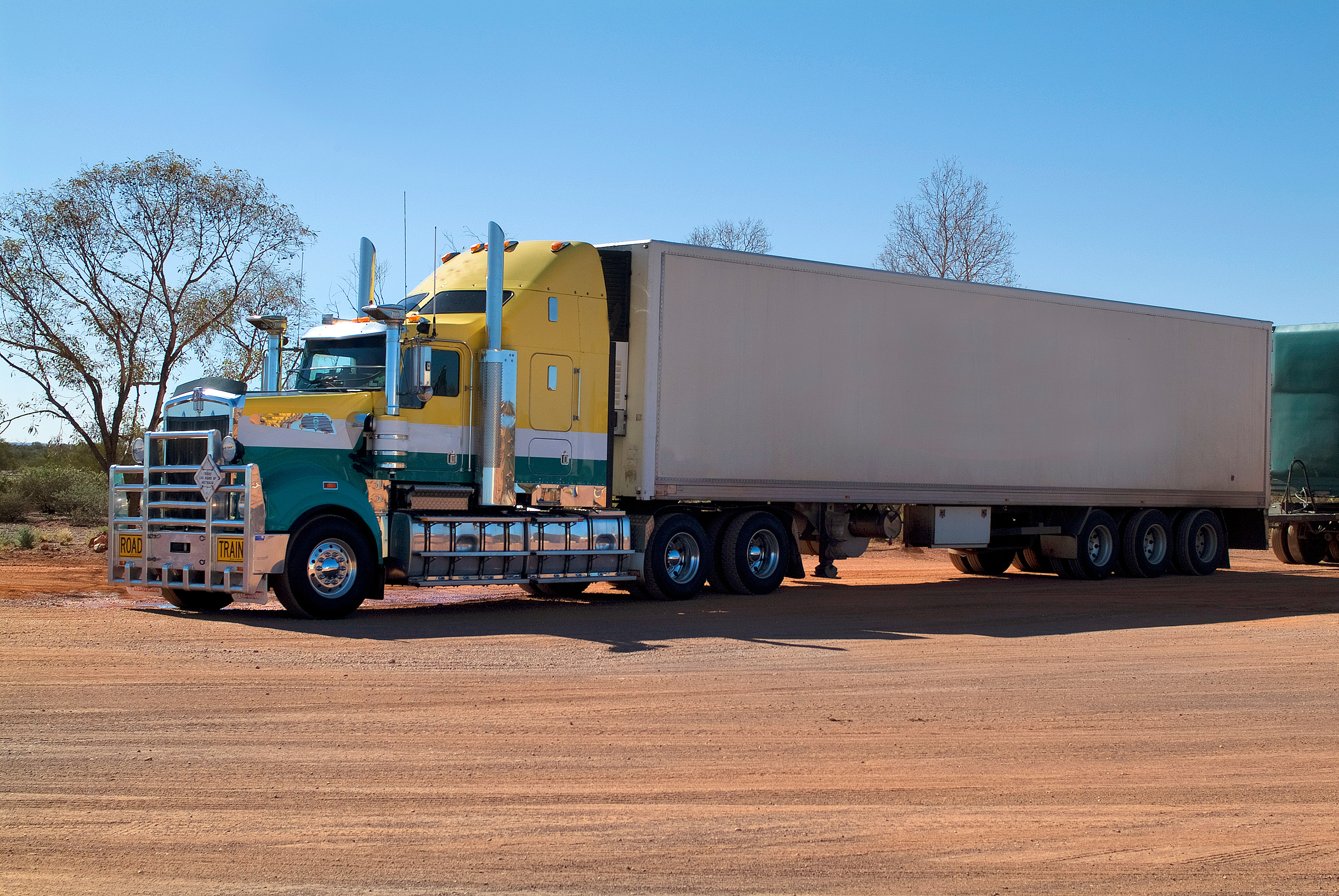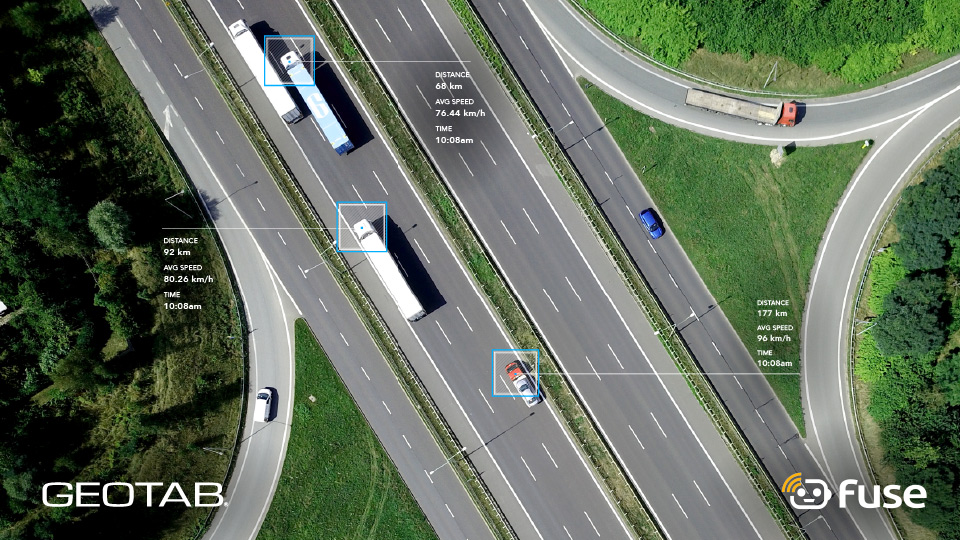Essential fleet safety program best practices
Set up your fleet for success with these best-in-class safety management practices.

Collisions are costly to businesses; there’s no way around it. By adopting a proactive versus reactive approach, fleet managers can coach their drivers to better safety results.
A best-in-class fleet safety program starts with a core team of people who are committed to safety, combined with regular training and a written policy that is consistently communicated and enforced. Benchmarking can also be used to improve performance.
Set up a fleet safety council
Creating a fleet safety council or dedicated team is a best practice for any business or organisation. The safety council can meet on a regular basis, at least monthly, to analyse all collisions — both preventable and unpreventable — as well as all exceptions outlined in the fleet safety policy.
Team members could include the fleet manager, and, preferably, a member of Human Resources. Depending on the seriousness of the policy violation, this core group may include the driver's managers or even a member of the company’s legal team.
Why a fleet safety council is important
The main goal of a safety council is to keep track of all infractions and to consider any appeals filed by drivers who believe they have been unfairly penalised. This group would also make sure that the policy is communicated properly and frequently, and that it is followed consistently and fairly at all levels of the business.
One of the worst things that could happen to a company with a policy that is not consistently and fairly enforced or maintained, is that it would impact them significantly in a court of law. A lack of a policy in general is also not ideal. Both of these scenarios could be financially damaging to a company and their brand and reputation.
Monitor policy compliance with fleet rules
A good process is to manage by exception. This means that fleet managers should be spending most of their time focusing on issues that have the greatest influence on the company’s bottom line — like dangerous driving habits. Using a pre-built driver safety scorecard, like the one available from the Geotab Marketplace, makes it easier to set up rules to measure each part of the safety policy and then send reports to the appropriate managers or teams.
How to hold your team accountable
It is vital to have defined responsibilities of accountability for report action items and timelines for those actions to better change and manage driver behaviour as well as safeguard your company.
From a solution standpoint, there are a variety of options for accountability depending on the job, as well as the company's culture and safety focus. Companies of all types should have a solution in place, whether internal or external, that documents all actions and events related to safety policy management, as well as someone who assigns and tracks driver training for exception behaviour.
In addition, requiring an annual driver training refresher and policy reinforcement program is a good way to maintain informed employees and a best-in-class fleet.
Fleet safety benchmarking
A good technique for analysing and optimising operations based on a fleet's driving habits is fleet benchmarking. This method allows you to assess your current fleet performance and track your progress toward your objectives by comparing your data to that of other fleets.
Through the use of telematics, fleet managers can collect a significant amount of data from a number of sources, create unique fleet goals and make appropriate adjustments to their fleet operations based on industry standards.
Benchmarking knowledge provides a firm platform for decision-making. When you compare your performance to others in your field, you can see where you're falling short and where you might improve.
Powered by AI
Geotab’s new Safety Benchmarks experiment, available in the Analytics Lab, provides fleet managers with actionable insights by analysing their fleet’s safety performance, and comparing it to peer groups.
Unlike typical benchmarking calculations that depend on surveys, this one leverages artificial intelligence (AI). Geotab’s benchmarking analysis takes an AI-driven approach to dynamically create peer groups, helping fleet managers make data-driven decisions.
Analysing fleet safety benchmark metrics
The Safety Benchmarks experiment provides fleet safety scores for overall performance as well as by event types like Harsh Braking and Acceleration. Moreover, our benchmarking analysis looks at various data points that indicate unique characteristics of a fleet’s profile such as vocation, vehicle composition and more, in order to create peer groups for your fleet.

Figure 1: A sample of a safety benchmark metrics from the Analytics Lab in MyGeotab.
Conclusion
Hopefully this article gave you some good ideas to add to your fleet safety program template. If you want more insight on your fleet’s safety performance, head over to the Analytics Lab in MyGeotab (version 2102 or above), and check out our Safety Benchmarks experiment to see how your operations compare to similar fleets.
The Geotab Team write about company news.
Related posts
.jpeg)

Geotab becomes a certified Telematics Monitoring Application Service Provider
April 1, 2025
3 minute read

Geotab at MEGATRANS discusses Cost Savings and Automation
September 24, 2024
1 minute read


Telstra 3G Shutdown Extension gives Fleet Managers more Time to Upgrade
May 10, 2024
2 minute read

